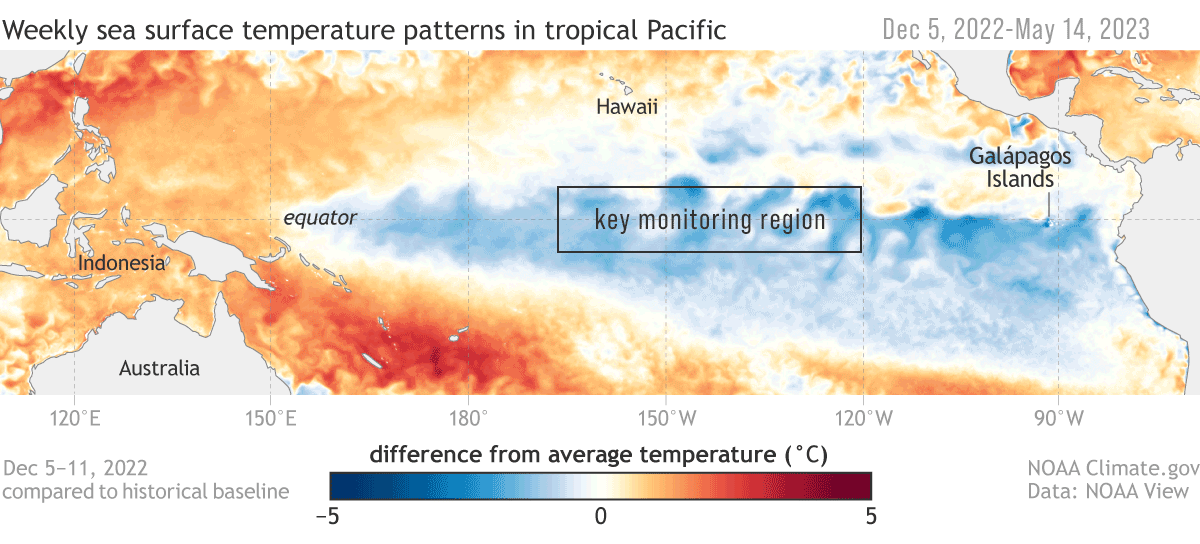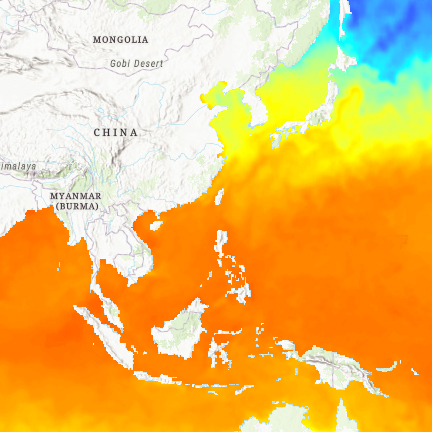
The World Meteorological Organization (WMO) anticipates an increased likelihood of El Niño throughout the remaining year, which would bring contrasting effects on weather and climate patterns compared to the preceding three-year period dominated by La Niña. Currently, the tropical Pacific is in an ENSO-neutral state, with neither El Niño nor La Niña prevailing. The potential arrival of El Niño could contribute to higher global temperatures.
The probability of transitioning to El Niño rises from 60% between May and July to 80% from July to September. However, information regarding the duration and intensity of this El Niño event is currently unavailable. In 2016, the combination of the previous El Niño event and human-induced warming resulted in the warmest year on record. Since the full impact typically takes a year to manifest, the complete consequences of this potential El Niño event may not be fully evident until 2024.
El Niño’s influence on weather patterns is extensive, causing droughts in Indonesia and Southern Asia while increasing rainfall in the Southern United States. Additionally, it can fuel the development of powerful hurricanes and have lasting effects on marine life. The severity and duration of the event will determine the extent of extreme weather occurrences and its impact on the ocean ecosystem.
Put in News on website



